DeepDream

DeepDream: Image Synthesis Software
Discover DeepDream, an image synthesis software utilizing a convolutional neural network to uncover and amplify patterns in images, producing a surreal, hallucinogenic effect.
What is DeepDream?
DeepDream is an image synthesis and neural network visualization software originally developed in 2015 by Google engineers Alexander Mordvintsev and Chris Olah. It uses a convolutional neural network to iteratively enhance patterns found in images, creating a hallucinogenic, dreamlike visual effect.
The software works by feeding an image into a pretrained neural network and asking it to enhance any patterns it detects. The patterns that the network recognizes can take surprising and unexpected forms, producingpsychedelic, fantastical images. As the network enhances whatever patterns it finds, increasingly surreal composite images emerge.
While DeepDream was originally intended as a way to visualize how neural networks operate, the striking visual effects it produced quickly attracted interest from artists and creators. The images generated by DeepDream have an ambiguous, Rorschach-like quality open to interpretation. DeepDream allows both engineers and artists to glimpse the world through the eyes of an artificial neural network.
Since its public release by Google in 2015, DeepDream has been widely used to create original digital art, design products featuring neural network-generated designs, and gain insight into neural network functionality. It demonstrates the creative potential of machine learning systems to not only analyze images but to synthesize and enhance them as well.
DeepDream Features
Features
- Uses convolutional neural networks to synthesize images
- Finds and enhances patterns in images
- Creates hallucinogenic, dreamlike visual effects
- Developed by Google engineers Alexander Mordvintsev and Chris Olah
Pricing
- Open Source
Pros
Cons
Official Links
Reviews & Ratings
Login to ReviewThe Best DeepDream Alternatives
Top Ai Tools & Services and Neural Networks and other similar apps like DeepDream
Here are some alternatives to DeepDream:
Suggest an alternative ❐Deepart.io
Prisma

NightCafé Creator

Deep Art Effects

Dreamscope
Deep Dream Generator
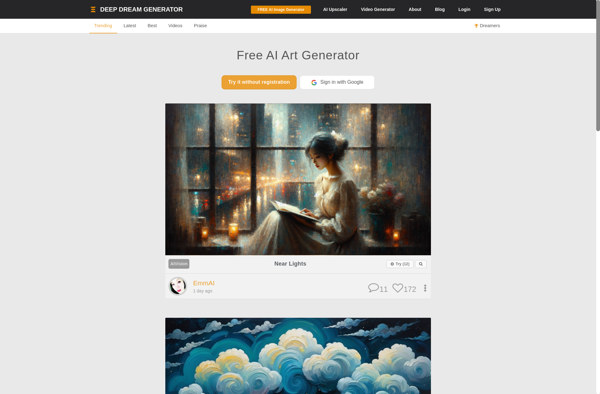
Dynamic Auto Painter

Microsoft Pix

Studio Artist AI

Dream-creator
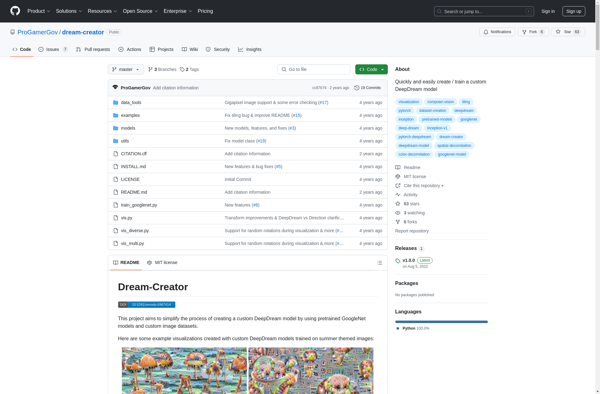
Image Style Shift

Neural-dream

Neural-Tools

Ostagram.ru

Pikazo

Neuralstyle.art
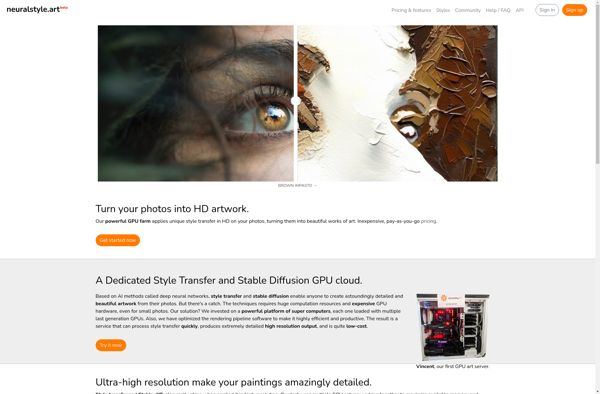
Picture to Painting Converter

Ezimba

Neural-style

Artomaton

Neural-style-pt

Arbitrary Image Stylization

AlterDraw.com

Mlvch

Photo Art Filters
Lucid.pictures

Artisto
Painnt
